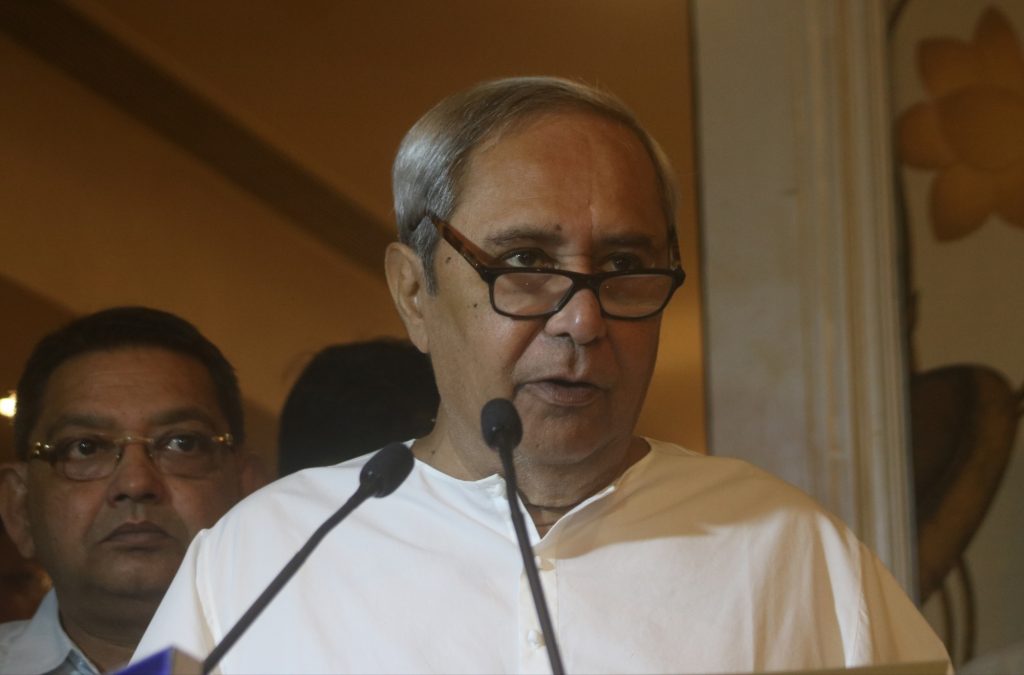The Aryavarth Express
Agency (Odisha): The Biju Janata Dal (BJD) experienced its first electoral defeat since its formation in 1997, after splitting from the Janata Dal. Despite ruling Odisha for over two decades, the BJD, led by Chief Minister Naveen Patnaik, saw its winning streak halted by the BJP in the 2024 Assembly elections.
The BJD’s popularity was evident with a vote share of 40.22 percent, slightly higher than the BJP’s 40.07 percent. However, strong anti-incumbency sentiments played a crucial role in the party’s downfall.
Political observers cite several factors for the BJD’s defeat, including an aggressive BJP campaign focused on Odia Asmita (Odia self-identity), concerns over a non-Odia successor to Patnaik, and Patnaik’s health condition. BJD leader V.K. Pandian, originally from Tamil Nadu, was a focal point of the BJP’s attacks. The BJP accused Pandian of ruling by proxy, exploiting Patnaik’s frail health to his advantage.
The failed alliance talks between the BJD and BJP led the latter to launch an aggressive campaign, with party heavyweights, including Prime Minister Narendra Modi, visiting Odisha to criticize the BJD government on various issues.
The BJP also emphasized the threat to Odia culture, language, literature, and identity if Pandian, a former bureaucrat, were to take over the leadership of both the party and the government. This narrative successfully convinced voters of a potential takeover by non-Odia leadership, which resonated with concerns about regional pride.
Other issues raised by the BJP, such as the mismanagement of the Shree Jagannath Temple and the “missing keys” of Ratna Bhandar (the temple’s treasure), along with the migration of laborers to other states, further contributed to the BJD’s defeat.
Another critical factor was the BJD’s failure to develop a strong second-rung of leadership, which left the party vulnerable in the face of an aggressive opposition campaign.
